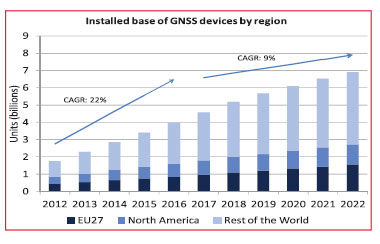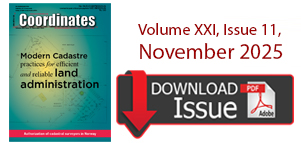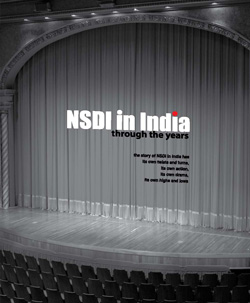Articles in the GNSS Category

After years of development, as the representative of GNSS, GPS technology has been gradually replacing the conventional triangulation techniques and has become the main means of access to ground control point coordinates. From the initial decimeter magnitude to the current sub-centimeter or even millimeter level, the coordinate precision of ground points has been highly improved upon…

After the recent landmark achievement of certification of Indian SBAS System GAGAN for RNP 0.1 operations, India is hosting two back to back high-level technical meetings i.e. 4th Ionospheric Study Task Force (ISTF/4) under the aegis of ICAO and the 26th Interoperability Working group in New Delhi , providing further impetus to harmonized development of Satellite Based Navigation systems across the world.

As more GNSS satellites will be operational within the next few years, the confidence of the position and timing solution for the user is expected to increase. On the other side from the integrity point of view the user faces new problems. It has to protect itself against more potential failures that might occur…

Galileo is Europe’s contribution to the multi-GNSS to provide a highly accurate, guaranteed global positioning service under civilian control. Offering dual frequencies as standard, Galileo is expected to deliver extremely good realtime positioning accuracy. From users’ point of view, availability of Galileo’s signal would help in achieving a multi- GNSS environment for redundancy and system independence.

The territory of the Balkan Peninsula (BP) is one of the most active geodynamical regions in Europe. Numbers of publications are devoted to this problem. An important indicator in geodynamical point of view is an eventual station movement of GNSS network stations. Determination of the size and direction of the vectors of movement, their analysis and assessment is of significant importance for their further interpretation with a view to present the geodynamical picture of the region.















 (5.00 out of 5)
(5.00 out of 5)